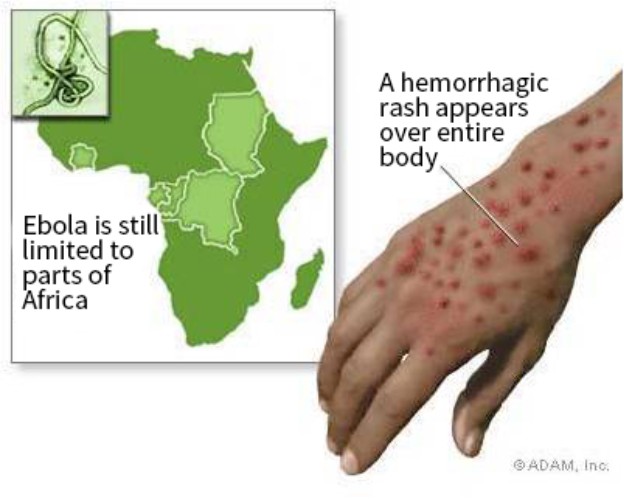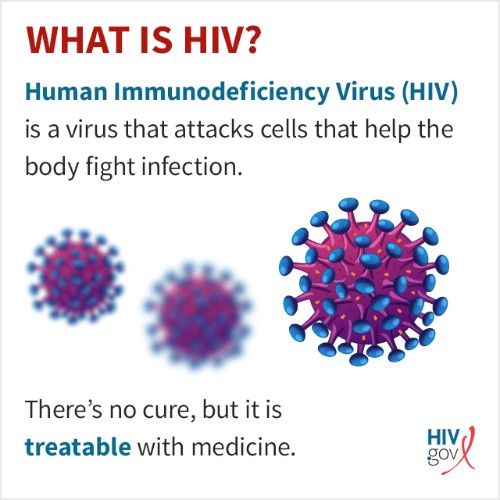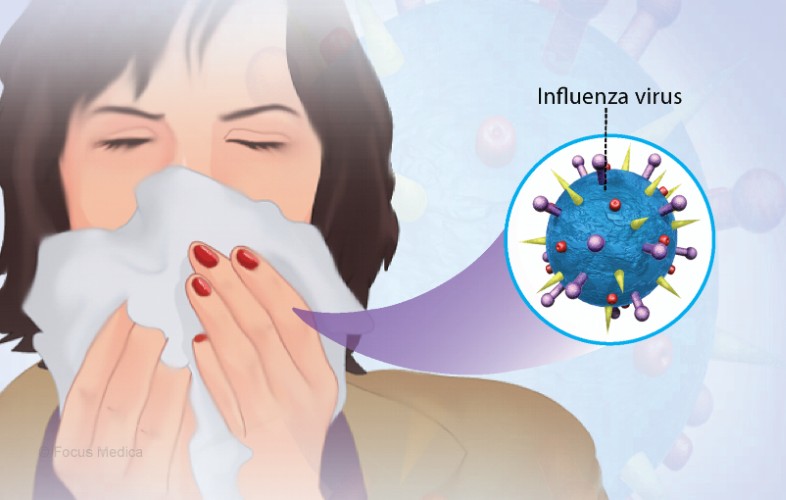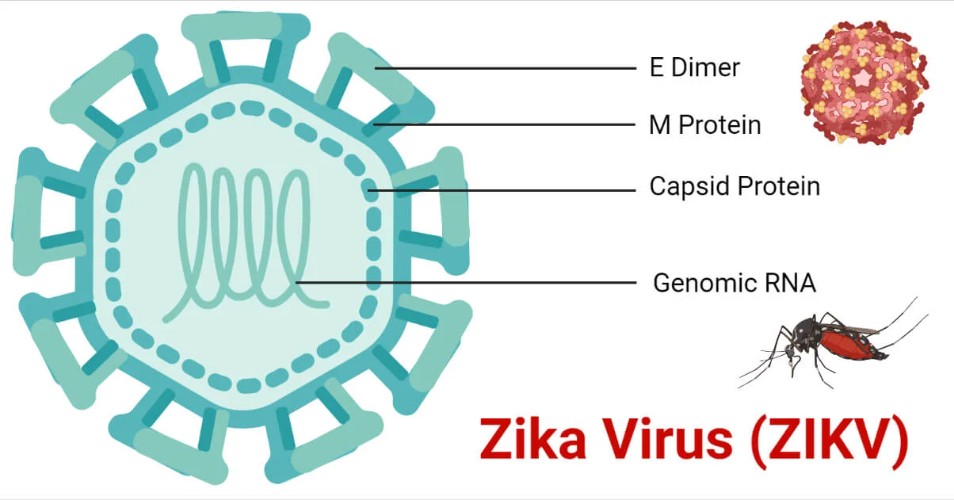Viruses have plagued humanity for centuries, causing deadly outbreaks and global pandemics. These microscopic pathogens can spread rapidly, overwhelming healthcare systems and leaving a trail of devastation. Some viruses, like smallpox, have been eradicated through vaccination, while others, like HIV and Ebola, continue to pose major threats. In this list, we explore ten of the most dangerous viruses in human history, based on their fatality rates, transmission methods, and overall impact on public health.
10 Most Dangerous Viruses
1. Ebola Virus

Ebola is one of the deadliest viruses known, with fatality rates reaching up to 90% in some outbreaks. It causes severe hemorrhagic fever, leading to internal bleeding, organ failure, and death. The virus spreads through direct contact with bodily fluids of infected individuals, making healthcare workers and caregivers especially vulnerable.
2. Marburg Virus

Closely related to Ebola, the Marburg virus also causes hemorrhagic fever with a high mortality rate. It was first identified in 1967 after outbreaks in Germany and Serbia. The virus spreads through contact with infected bodily fluids and has caused deadly outbreaks in Africa.
3. Rabies Virus

Once symptoms appear, rabies is nearly 100% fatal. The virus attacks the central nervous system, leading to brain inflammation, paralysis, and death. It spreads through bites from infected animals, primarily dogs and bats. Vaccination is the only effective way to prevent death once exposed.
4. HIV/AIDS (Human Immunodeficiency Virus)

HIV weakens the immune system, making individuals susceptible to opportunistic infections and diseases. Since the epidemic began in the 1980s, it has killed over 36 million people. While antiretroviral treatments have improved survival rates, there is still no cure.
5. Smallpox (Variola Virus)

One of the deadliest viruses in history, smallpox killed an estimated 300 million people in the 20th century alone. It caused high fever, painful rashes, and severe scarring. Thanks to global vaccination efforts, smallpox was officially eradicated in 1980.
6. Hanta Virus

Hantavirus can cause severe respiratory distress and kidney failure. It is transmitted to humans through exposure to rodent urine or droppings. The Sin Nombre strain, found in North America, has a fatality rate of around 38%.
7. Influenza (Spanish Flu – H1N1, Bird Flu – H5N1, etc.)

The influenza virus mutates frequently, causing seasonal outbreaks and deadly pandemics. The 1918 Spanish flu killed an estimated 50 million people worldwide. Some strains, such as H5N1 (bird flu), have particularly high mortality rates.
8. Dengue Virus

Dengue fever is spread by Aedes mosquitoes and causes high fever, severe joint pain, and internal bleeding in severe cases. It infects millions annually, with thousands of deaths, particularly in tropical and subtropical regions. There is no widely available vaccine, making prevention crucial.
9. Zika Virus

Zika virus is primarily transmitted by mosquitoes and is particularly dangerous for pregnant women, as it can cause severe birth defects like microcephaly. While symptoms are usually mild in adults, the long-term effects on infants make it a significant public health concern.
10. SARS-CoV-2 (COVID-19)

The coronavirus responsible for the COVID-19 pandemic has led to millions of deaths worldwide. It primarily affects the respiratory system, causing severe pneumonia, organ failure, and long-term complications. While vaccines have reduced severe cases, the virus continues to mutate, posing ongoing challenges.
Conclusion
Viruses remain one of the greatest threats to global health. Some, like smallpox, have been eradicated through vaccination, while others, like HIV and Ebola, continue to pose major challenges. The COVID-19 pandemic has highlighted the importance of rapid medical research, vaccines, and public health measures in combating viral threats. As new viruses emerge, scientific advancements and global cooperation will be critical in preventing future pandemics and protecting human lives.
